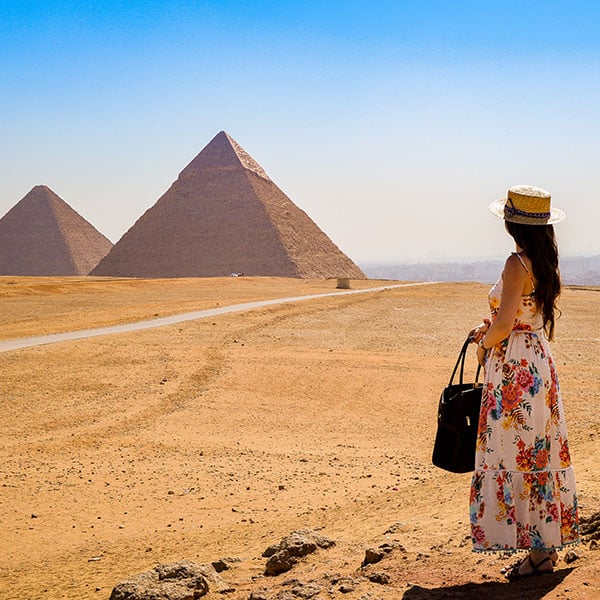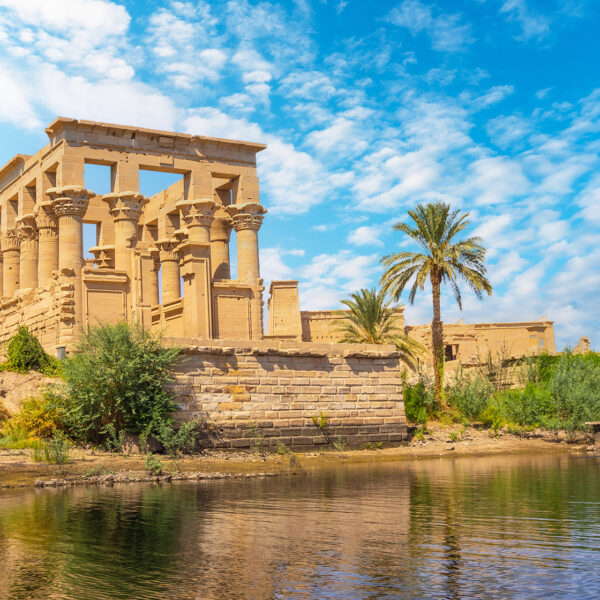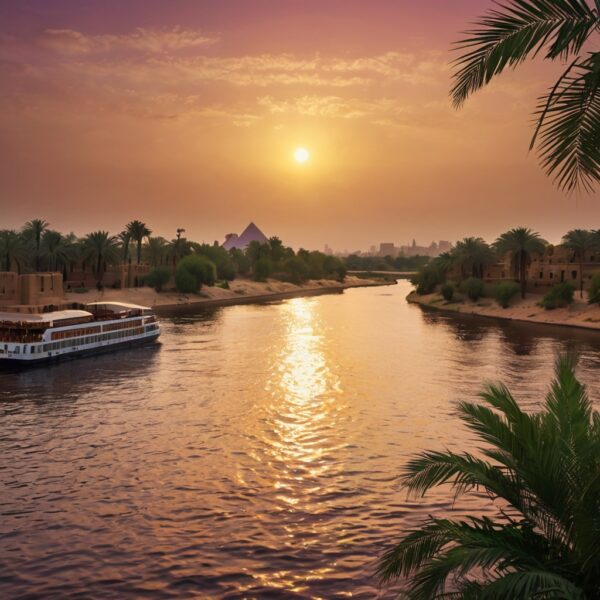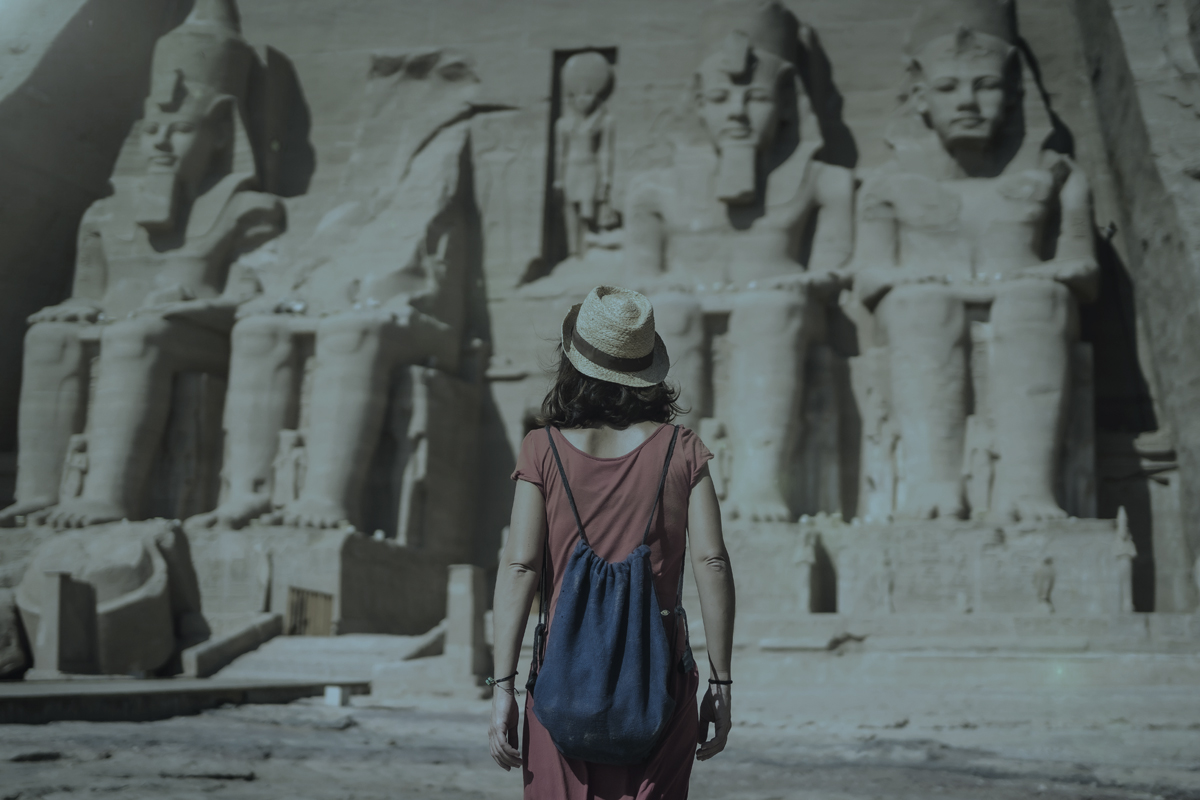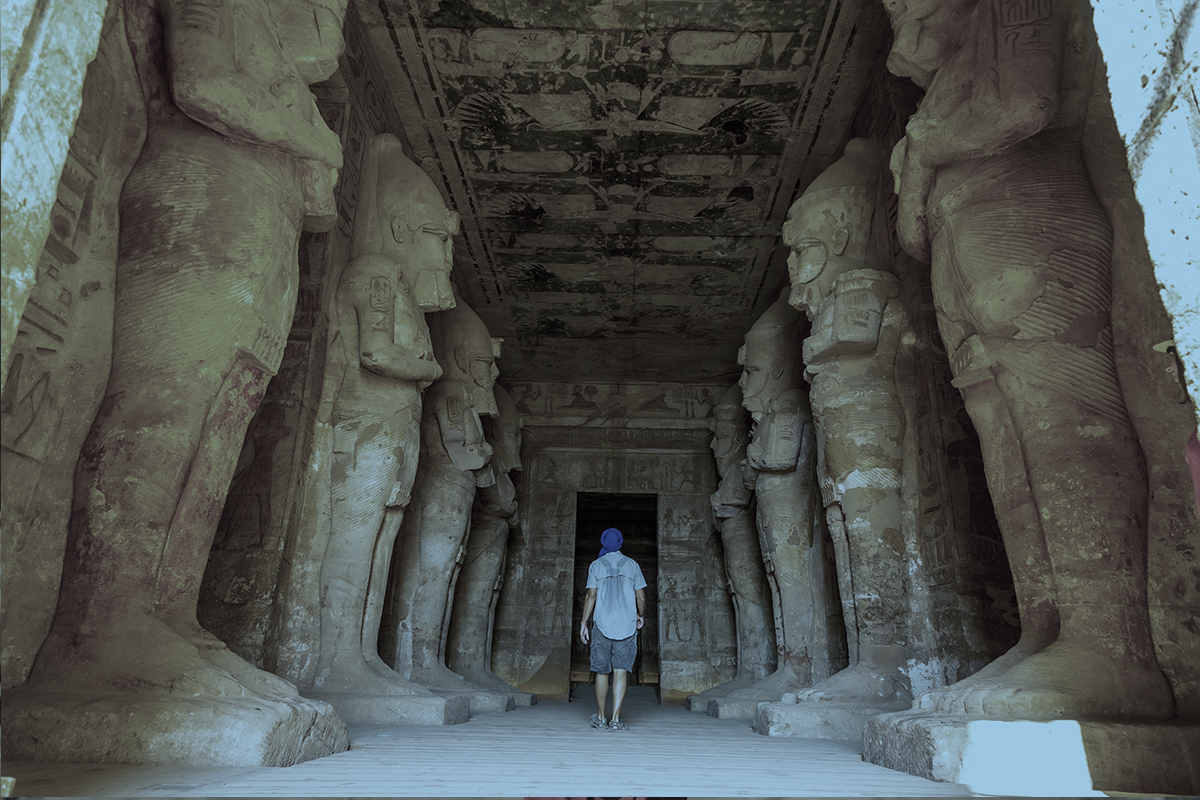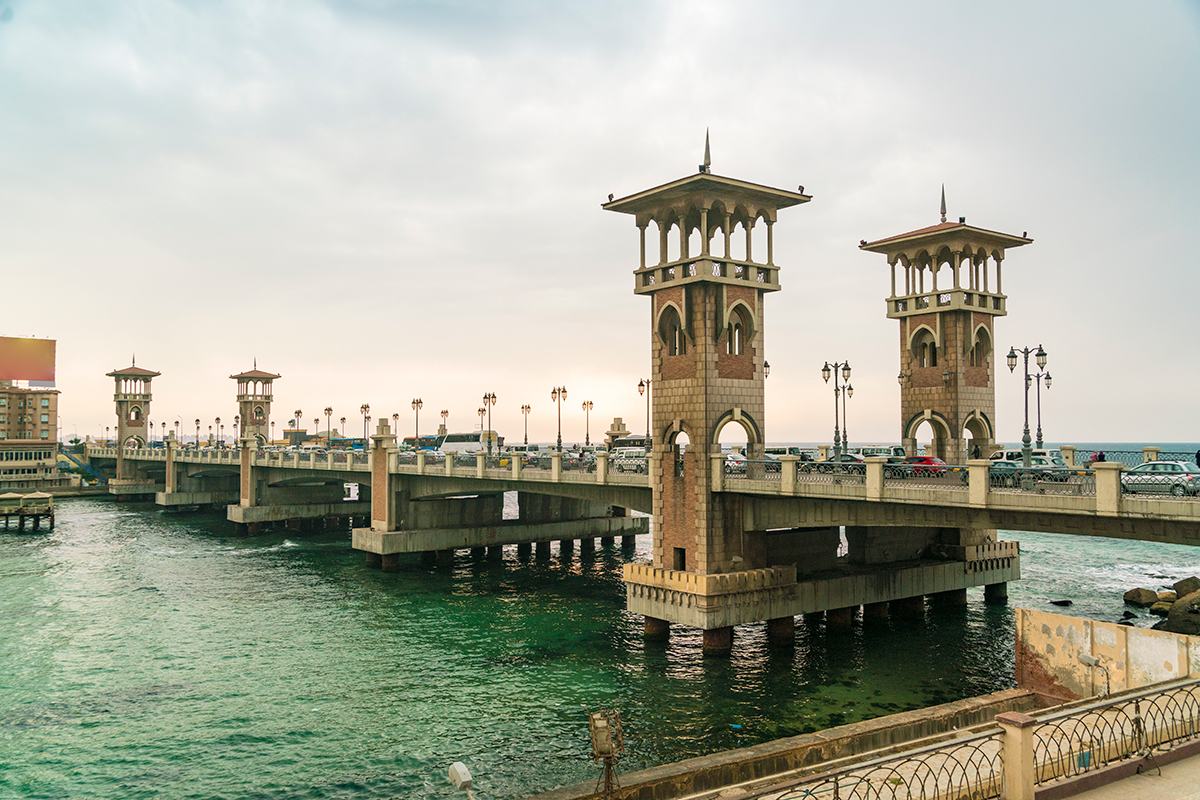Pyramids of Giza
2560–2540 BC
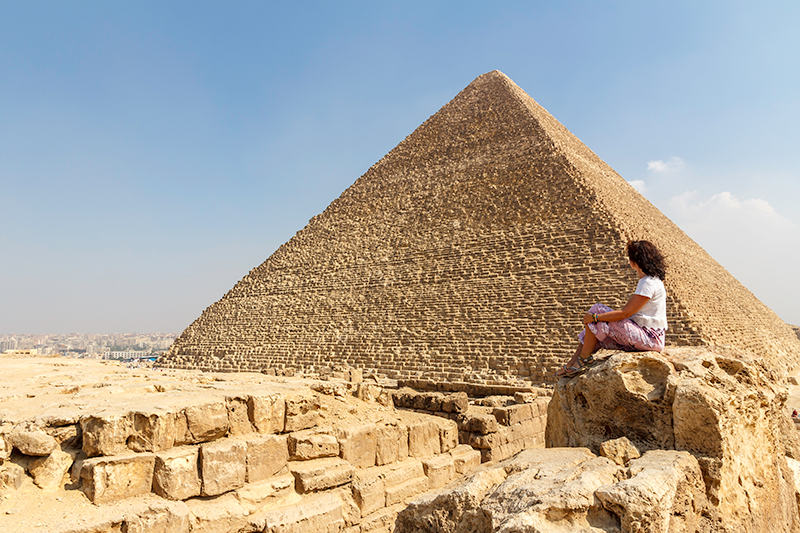
Introduction
The Pyramids of Giza stand as one of the most iconic symbols of ancient Egypt and the world’s rich cultural heritage. Built over 4,500 years ago, these monumental structures have inspired countless explorers, historians, and travelers with their grandeur and mysteries. Located on the Giza Plateau, just outside of Cairo, the pyramids are a testament to the ingenuity and ambition of ancient Egyptian civilization.
History & Significance
Constructed during Egypt’s Fourth Dynasty, the Pyramids of Giza served as elaborate tombs for Pharaohs Khufu, Khafre, and Menkaure. The largest of these, the Great Pyramid, was built for Pharaoh Khufu around 2560 BC and is considered one of the Seven Wonders of the Ancient World—the only one still standing today.
The Pyramid of Khafre, known for its remaining limestone casing at the top, stands slightly smaller but is accompanied by the Great Sphinx, a colossal statue with the body of a lion and the face of the pharaoh. The Pyramid of Menkaure, the smallest of the trio, completes the ancient complex. Together, these pyramids represent a pinnacle of ancient engineering and Egypt’s devotion to the afterlife.
Architecture & Design
- Great Pyramid of Khufu: Originally standing at 146.6 meters (481 feet), it was the tallest man-made structure in the world for over 3,800 years. The pyramid’s structure is composed of an estimated 2.3 million stone blocks, each weighing between 2.5 to 15 tons.
- Pyramid of Khafre: At 136.4 meters (448 feet) tall, Khafre’s pyramid is distinguished by its prominent position on the plateau and the presence of the Great Sphinx, which stands as a guardian to the complex.
- Pyramid of Menkaure: The smallest of the three at 65 meters (213 feet), Menkaure’s pyramid features a distinctive design with granite used in its lower layers, adding a unique touch to the complex.
Visitor Information
- Location: Giza Plateau, approximately 13 km (8 miles) southwest of Cairo.
- How to Get There: Easily accessible by car, taxi, or ride-sharing services. Guided tours often include transportation from Cairo to the pyramids.
- Best Time to Visit: Early morning or late afternoon is ideal to avoid the midday heat and larger crowds.
- Entrance Fees:
- General admission to the Giza Plateau: 200 EGP (~$6 USD)
- Entry to the Great Pyramid: 400 EGP (~$13 USD)
- Entry to the Pyramid of Khafre or Menkaure: 100 EGP (~$3 USD each)
What to Expect During Your Visit
- Guided Tour Information: A guided tour can enrich your visit, offering insights into the construction techniques, history, and legends surrounding the pyramids and the Sphinx.
- Must-See Spots:
- The King’s Chamber inside the Great Pyramid.
- The Great Sphinx for photos and a closer look at this massive guardian.
- Panoramic Viewpoint for the perfect shot of all three pyramids lined up.
- Terrain: The Giza Plateau is a sandy desert environment, with some rocky areas around the pyramid bases. Comfortable walking shoes are recommended.
Insider Tips & Fun Facts
- Photography Tips: For the best lighting, visit during sunrise or sunset when the pyramids are bathed in a golden glow.
- Interesting Fact: Did you know? The Great Pyramid was once covered in smooth Tura limestone, which reflected the sun’s light, making it shine like a gem in the desert.
- Nearby Attractions: After exploring the pyramids, consider visiting the Solar Boat Museum, which houses an ancient boat discovered near the Great Pyramid.
Era
- Built: Around 2560–2540 BC.
- Ruler: Pharaoh Khufu (Great Pyramid), Pharaoh Khafre (Pyramid of Khafre and the Sphinx), Pharaoh Menkaure (Pyramid of Menkaure).
Conclusion
The Pyramids of Giza are more than just ancient structures—they are a journey back in time to the peak of Egypt’s civilization. Experience the awe of standing before these monumental tombs, where the stories of pharaohs and legends come alive. Book your tour with Egyptian Moments Tours and let us guide you through the mysteries of the past.
Related Tours
- Quality4.6
- Location4.4
- Amenities4.2
- Services4.2
- Price4.4
Best of Cairo and Luxor Tour
- Quality4.6
- Location4.4
- Amenities4.2
- Services4.2
- Price4.4
Full Day Giza Tour
- Home
- Pyramids of Giza
Monument Information
Year Built:
Around 2560–2540 BC
Location:
Giza Plateau
Dimensions:
146.6 meters (481 feet) originally
Materials Used:
Limestone and Granite
Est. Visitors /Year:
Over 2 million annually
UNESCO Heritage Status:
World Heritage Site since 1979
Terrain:
Sandy desert plateau with some rocky areas near the base of the pyramids
Related Tours
- Quality4.6
- Location4.4
- Amenities4.2
- Services4.2
- Price4.4
Nile Cruise from Luxor
- Quality4.6
- Location4.4
- Amenities4.2
- Services4.2
- Price4.4
Nile Cruise from Aswan
- Quality4.6
- Location4.4
- Amenities4.2
- Services4.2
- Price4.4



